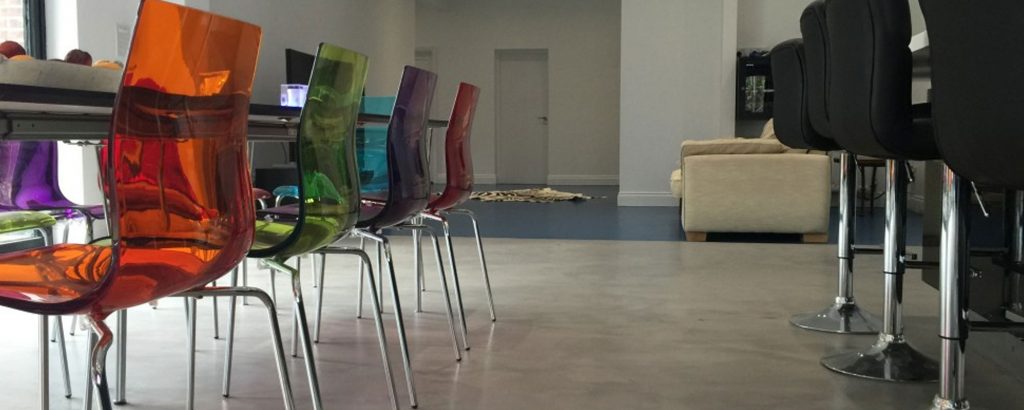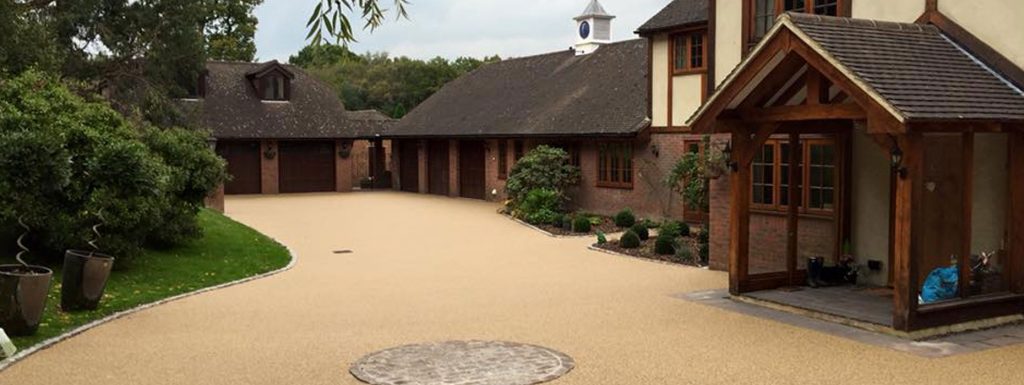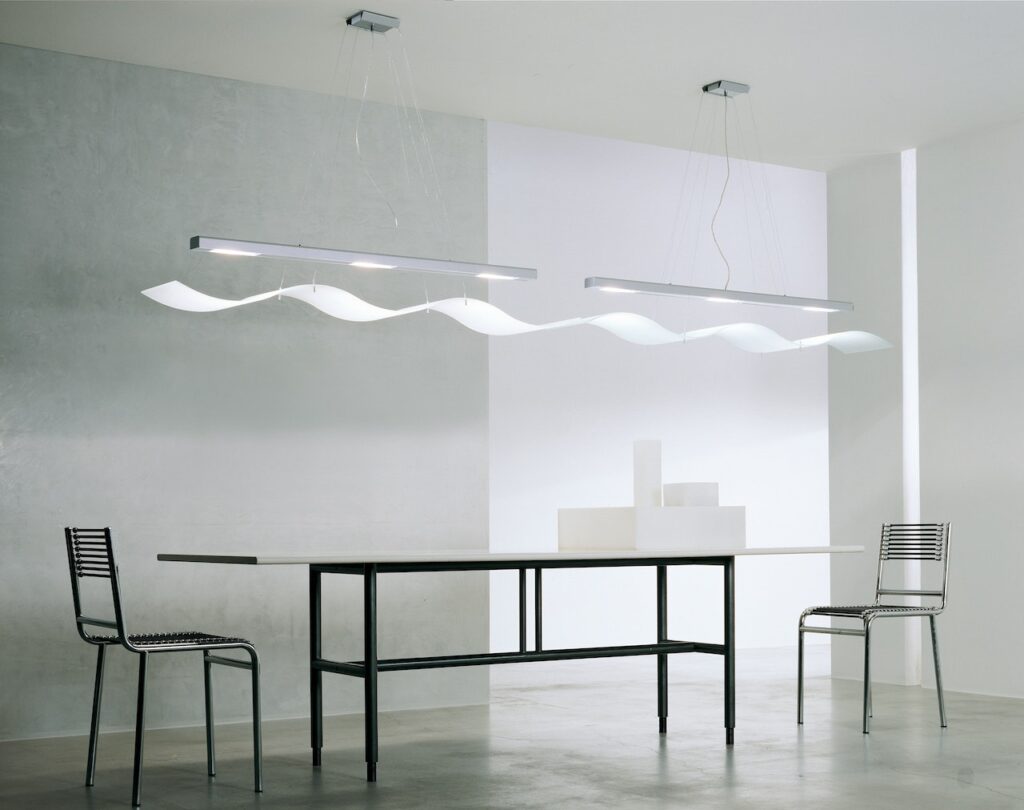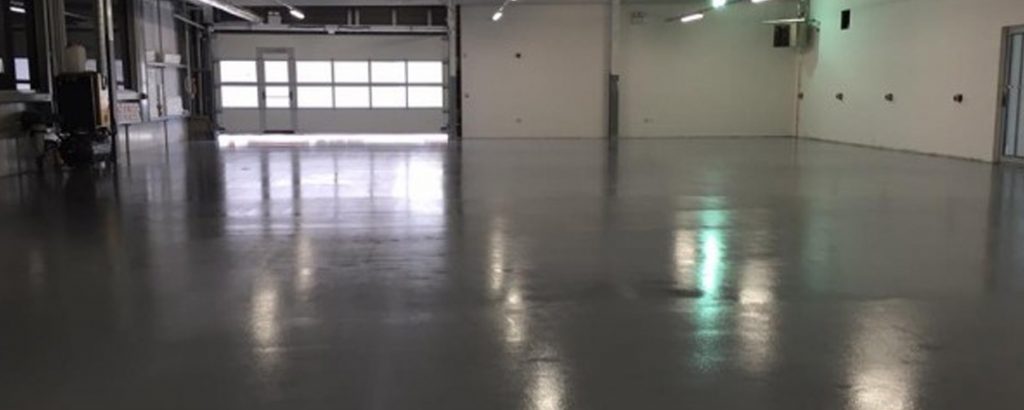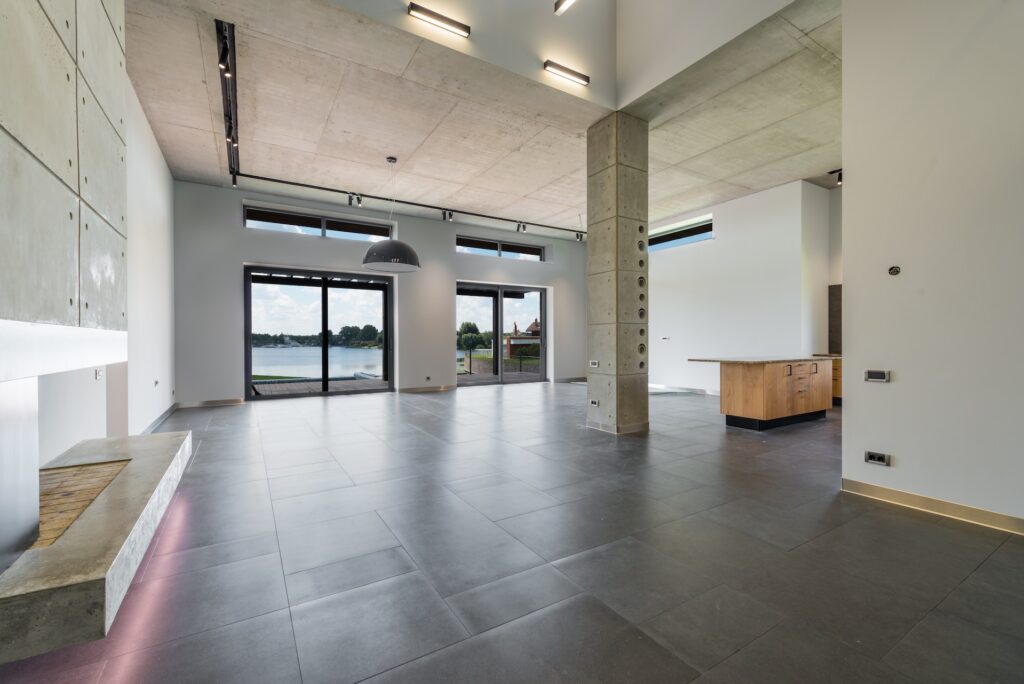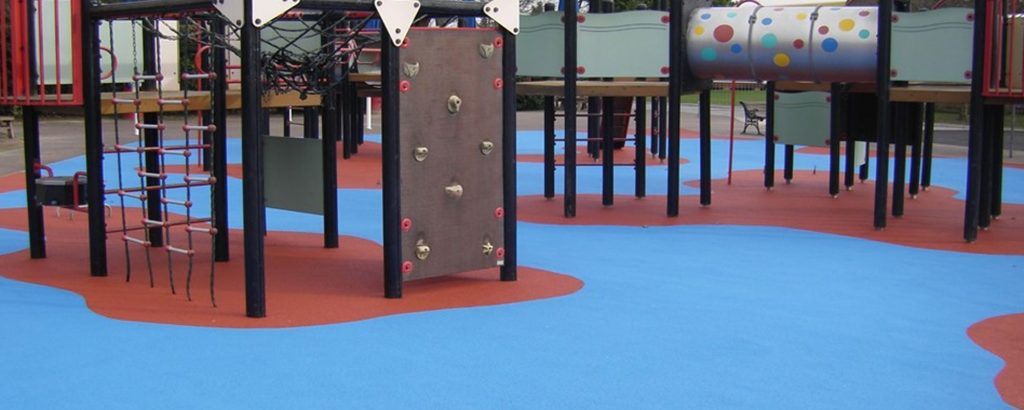Epoxy flooring is an efficient, extremely durable surface with numerous applications in commercial settings, outdoor areas and private properties.
There are multiple types of resin floors, but the surface is engineered to be anti-slip or skid, with additives available to enhance the non-slip nature of your finished floor. Read about which types of warehouse flooring are best for safety.
One potential issue is when an epoxy floor becomes saturated with water or covered with oil, which can create a fall risk.
Looking for a free epoxy flooring quote?
Fill out our contact form with more details about your floor and we’ll get in touch with a more accurate, no-obligation epoxy floor quote.
Why can epoxy floors become slippery?
The epoxy itself is not slippery – in fact, it’s designed with the opposite features in mind.
However, even the best anti-slip flooring can become unstable if it is not kept dry because the moisture compromises the non-skid surface.
Water hazards can arise from leaks, spills, or even dampness brought into the building on shoes.
If you have an epoxy floor in a garage, production facility or mechanical plant where oil is frequently used, you should take precautions to ensure that leaked oil does not cause any accidents before it dries or is cleaned up.
Tips to avoid a slip hazard on an epoxy floor
Fortunately, there are several ways to ensure your epoxy floor isn’t affected by water or oil.
The first and most convenient solution is to use an anti-slip treatment, which incorporates quartz or another aggregate material that can add considerable grip power to the surface.
Larger aggregates are suited to busier, heavier-use businesses, whereas a finer aggregate is suited to high footfall areas where there isn’t a significant likelihood of spillages.
An anti-slip additive is applied directly and may be added to an existing epoxy floor without pre-priming. However, that depends on the type of treatment and your current flooring material.
The coating includes abrasive components, such as Aluminium Oxide, which work with the aggregate to break up a sheer surface.
Easy ways to prevent falls on a wet epoxy floor
If you need a quick resolution or are waiting for a non-slip additive to be applied, we’d suggest one of the following routes.
Rubber matting
Rubber or vinyl matting is often used in doorways or around areas where water is getting inside the building, such as underneath a leaky window.
Mats absorb moisture to prevent it from spreading across the floor or being tracked into another room.
An anti-slip mat with a secure backing material won’t shift underfoot.
Another possible option is to use a containment mat, more commonly found in colder places where winter snow is normal.
These mats work like rubber but often have slightly higher absorption capacity.
Introduce rapid response clean ups
The other way to ensure your epoxy floor doesn’t become slippery is to have a strict liquid spill policy where staff must clean any water, oil or substance as soon as the incident happens.
Although a set of mats can soak up excess water, the best option is to make sure it is cleaned away promptly.
Are epoxy floors a worthwhile investment?
Epoxy resin flooring has an array of advantages and is a tough material used extensively in warehouses, garages and business spaces.
While there is a need to be conscious of water spills, this applies to the vast majority of floors, and so isn’t a reason to consider an alternative type of flooring which won’t be as durable or hard-wearing.
The benefits of epoxy flooring include:
- Robustness: an epoxy-coated floor can last for decades, depending on the usage of the building and the volume of traffic.
- Safety: epoxy is resistant to chemicals, and an accidental spill won’t cause the floor to become damaged.
- Temperature resistance: depending on your chosen flooring, epoxy surfaces can withstand extreme hot and cold environments without deteriorating.
- Versatility: epoxy is used in a wide range of settings and is available in numerous colours, textures, finishes and patterns.
- Aesthetic: a cured epoxy floor has a deep, glossy shine which looks flawless.
Our advice for any business upgrading their floor is to ensure they speak with an experienced Flexflooring consultant to run through any concerns and discuss non-slip additives that can add value to your flooring and prevent accidents.
Although slips and spills are a natural risk in any workplace or public building, the ideal strategy is to use a preventative treatment to ensure that, even if an oil spill or water leak occurs, it won’t pose a problem to anybody moving around the site.
Please get in touch with the Flexflooring team if you would like any further information or guidance about epoxy flooring additives or elevating the performance of your existing flooring surface.
